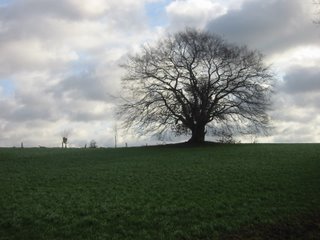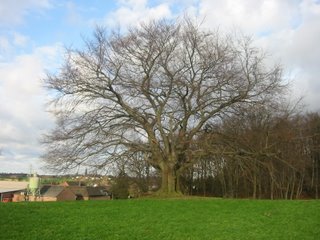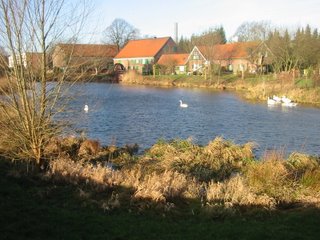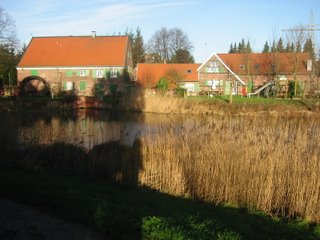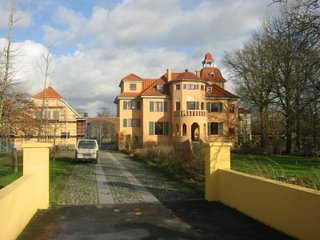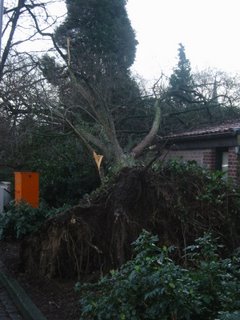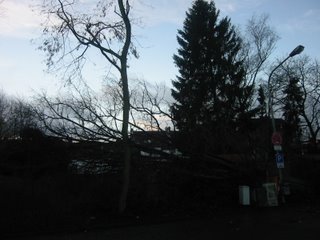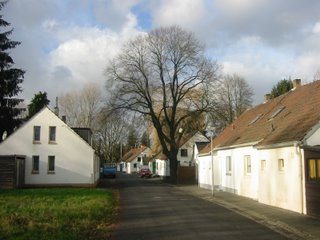 Viersen, Hammer Schanze.
Viersen, Hammer Schanze.This is the site of one of Viersen's "Schanze" - large moated forts used by Viersen's citizens during war and times of crisis, when they would abandon their homes and come here with their families, their livestock and their valuables to seek refuge. Between 100-150 houses were situated on the Hammer Schanz (the largest of Viersen's four).
It was the scene of horrific atrocities inter alia during the 30 Years' war. Only one incident is known to us in detail as the records were largely destroyed. After the defeat of the Imperial forces on the Huelser Heide, near Krefeld, on 7 January 1642, the victorious French-Weimar army came killing, burning, raping and looting through Kempen and Viersen. Only the Hammer Schanze remained, where hundreds of innocent citizens held out as a last resort. The French commander, Rosa, was greedy for plunder and decided to take his full nine regiments and seven cannon away from Viersen town and St Paul's Convent (which they had already plundered) and attacked the Hammer Schanz with all his force. Unable to resist such vast numbers, the Schanz was overrun. Most of the citizens were murdered. All of the houses in the Schanz were burned down, all the valuables and livestock taken away by the marauding French-Weimar troops.
The Schanz was rebuilt and was still in use as late as 1793. Nowadays it is difficult to see what the precise layout was (unless one is familiar with similar, if bigger, fortified towns such as Oudeschans or Nieuweschans in Groningen, Holland).
The houses that stand there now are 20th century - rather attractive, compact buildings.
